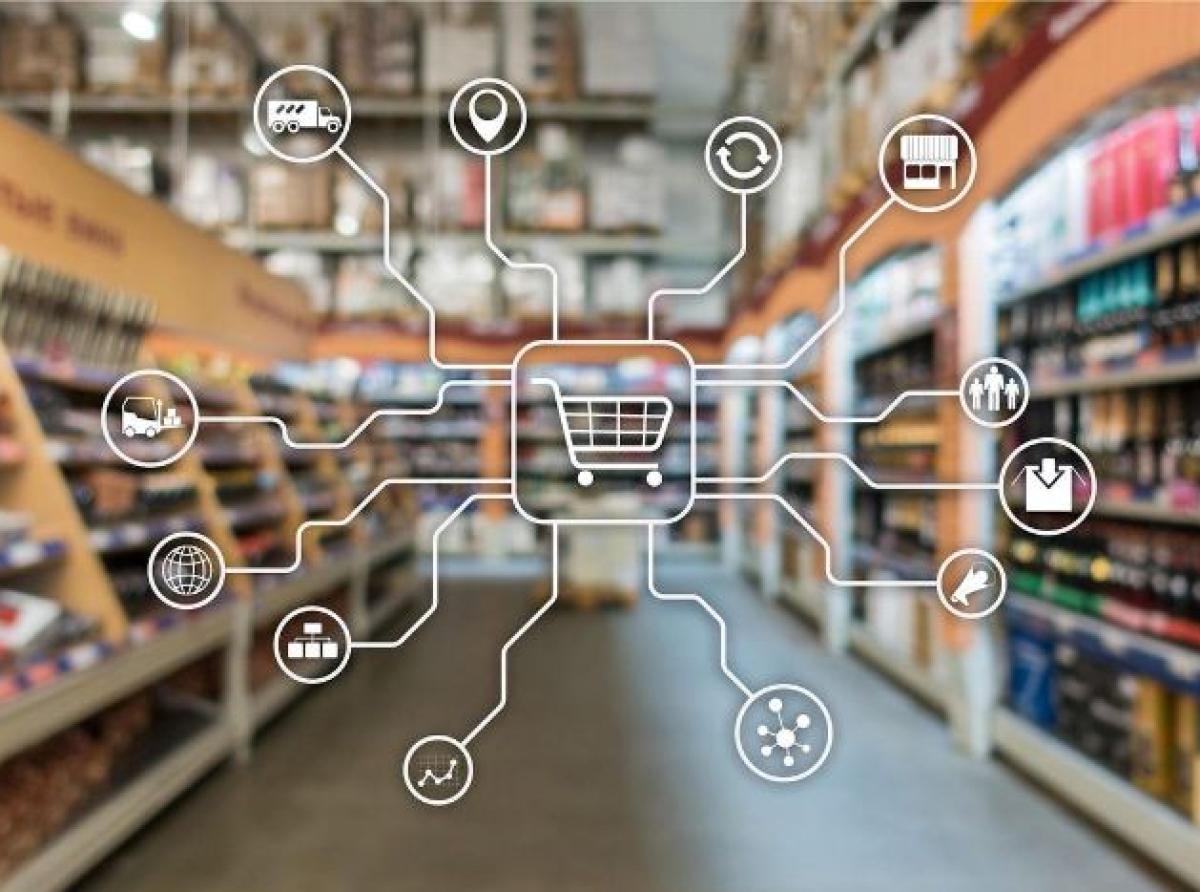08 November 2022, Mumbai:
According to CBRE's, India Market Monitor – Q3 2022 report, "Retail leasing in India increased by whopping 114% Y-o-Y (Year on Year) in the period January & September 2022, and exciting piece of it is that as a common denominated factor some 40% Y-o-Y growth traction surprisingly it clocked in the retail space was in Q3 2022 only, which gives a huge heart to the burgeoning fashion retail industry.
The snapshot of the aforementioned hard data point goes like this," Hyderabad (29%), Delhi-NCR (29%), Mumbai (13%), and Bangalore (12%) together accounted for 79% of the overall retail space absorption and interestingly "Fashion and apparel retailers" continued to spearhead the leasing activity and it was precisely where the leadership came from accounting for a staggering 46% of the overall pie for the taking".
Reacting to the big revelation to which India has woken up as a hands-down phenomenon trade veteran professional, Anshuman Magazine, Chairman & CEO, CBRE emphatically alluded, “Say 40% or thereabouts Y-o-Y growth of leasing activity in a festival dominated period of the retail sector was reflected in Q3 2022, and one thing we can't reverse is that, this was 1st normal year in last three years. Whilst as a whole 114% Y-o-Y growth was witnessed through Jan–Sept 2022. Therefore, no brainer that because of this exponential growth potential, we expect many global brands to throw hats in the retail ring side continuing to view India as a growth marketplace chasing top funnel of the consumers.”
Furthermore, Ram Chandnani, MD, Advisory & Transactions Services, CBRE India, avers on the issue, “As per him the prognosis on the 'Retail Leasing' is that it is only projected to consolidate during this current festive season. Reflecting on the data point for the period of Q3 2022, it was stated that on the whole, the phenomenon of retail absorption and inventory supply was 1.1 mn sq. ft. and 0.5 mn sq. ft., respectively. The country is currently experiencing solid leasing propulsion across Hyderabad, Delhi-NCR, Mumbai, and Bangalore speaking volume of the heightened rebound in economy-boosting retailer confidence, consumer sentiments and resultant unleashing of retail leasing expansion validating unequivocally uptick in the Indian growth traction story.”
The limited point we are making in this article is to play the devil's advocate in the debate of need and want in the emerging consumerism paradigm; As what was wanted in yesteryears/decades probably is needed today.
Other prominent categories that led absorption included food and beverage followed by consumer electronics. The regional share of leasing activity was led by domestic corporates, EMEA corporates, and American corporates.
Momentum continues
Favorable policy interventions by the current dispensation come out of catalytic initiatives such as PM GatiShakti, National Logistics Policy, etc. broadly anticipated to be transformative in nature with the potential of making the sector compatible in some sense with the global standards.
Direct-to-consumer brands are expected to lead the fray among demand drivers. Tier II, III, and even IV locations are gaining traction as retailers look to leverage the spending power of these towns and cities.
Despite a robust supply pipeline, the lack of ready quality supply, especially in prime locations, is likely to impact retailer sentiments. Steady capital inflows are being witnessed in real estate. Land/development sites dominate investments followed by built-up office assets.
Institutional investors led investment activity followed by developers. Domestic investors dominated the investment volume in the third quarter. Foreign investors garnered the remaining share.
How long the party will last?
Does this buoyancy indicate that Indian retail has overcome the disastrous two years of the pandemic and is back on track? Given the present heightened tighter global financial conditions which potentially could spur a rise in debt distress sparing neither emerging market nor developing economies, and the more it all persists the harder it hurts.

























